— A Deep Dive Into the Challenges and Future of Rooftop Solar Energy
As the world shifts toward carbon neutrality and sustainable development, solar energy has emerged as one of the most promising forms of renewable and clean energy. Among its many applications, rooftop solar power systems—also known as residential solar panels or rooftop PV (photovoltaic) systems—are gaining popularity as a decentralized energy solution.
But here’s the question: If solar panels are so great, why doesn’t every house have them installed on the roof? In this article, we’ll explore the technical, economic, aesthetic, and policy-related factors that explain the slow adoption of solar rooftops, while also highlighting international case studies and potential future trends.
From a technical standpoint, installing solar panels on residential rooftops is absolutely viable—especially in areas with good sunlight exposure. With rapid advancements in photovoltaic technology, today’s solar modules are more efficient, more durable, and better adapted to a wide range of climates.
Since 2020, California has required all new single-family homes to be built with grid-connected solar power systems. This forward-thinking regulation has not only reduced residential carbon footprints but also helped normalize rooftop solar as a standard feature in modern homes.
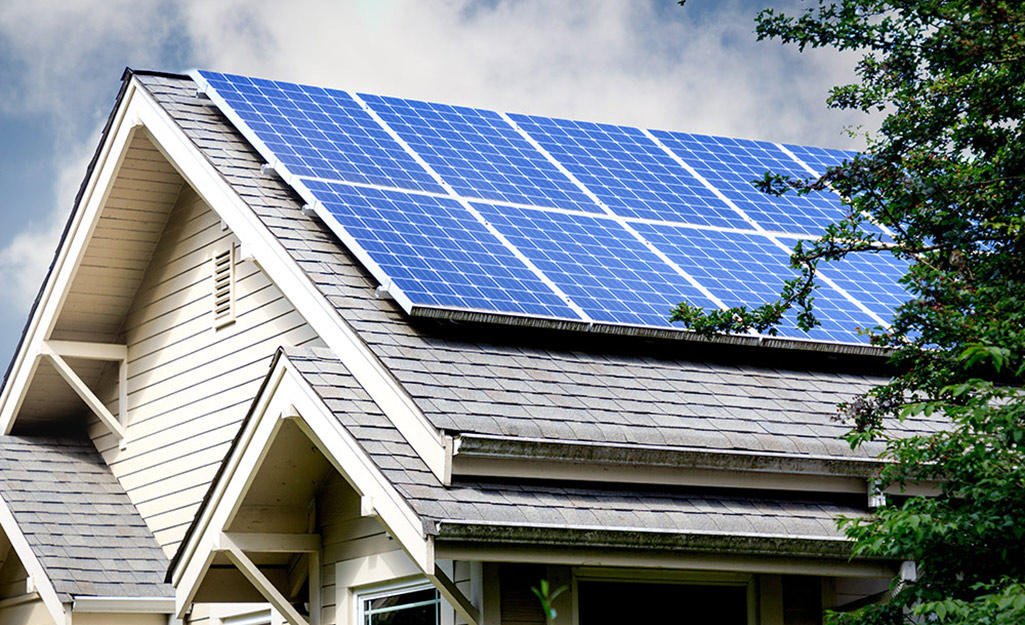
Despite technical feasibility, real estate developers often hesitate to adopt solar solutions due to financial considerations. While homeowners may eventually save money on electricity, the installation cost of solar panels is usually front-loaded, adding to the developer's budget. In many markets, solar-ready homes do not significantly boost selling prices, especially when buyers are unfamiliar with the technology.
The UK government once aimed to make all new homes zero-carbon by 2020, with rooftop solar as a core element. However, the policy was scrapped in 2015 due to pushback from developers and lack of market incentives. This highlights how critical financial support and public awareness are to widespread adoption.
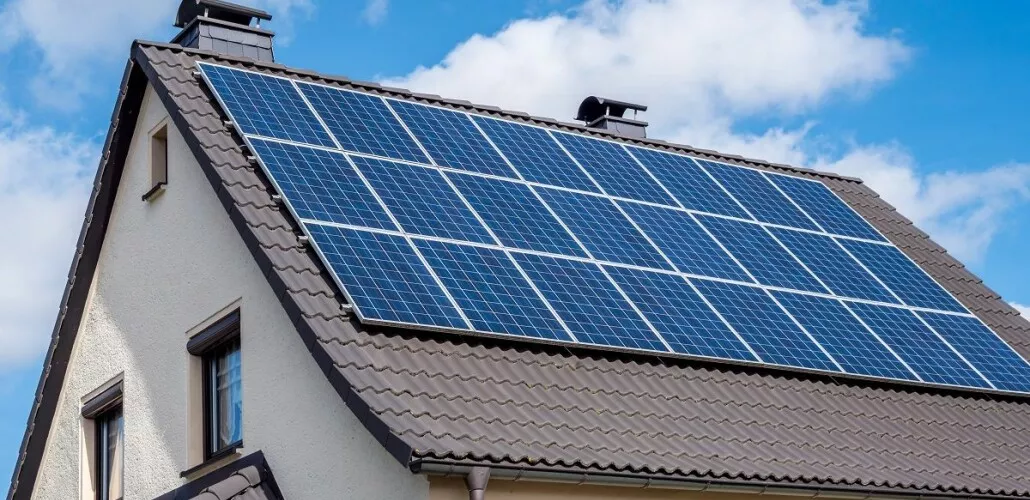
A common myth is that solar panels degrade quickly or stop working after a few years. In reality, most modern panels come with 25 to 30-year performance warranties, and their annual degradation rate is typically below 0.7%. That means even after 25 years, your system can still produce around 80% of its original output.
In North America and Europe, many rooftop solar users report low maintenance needs and continued energy savings years after installation, proving that solar technology is not only sustainable but also reliable.
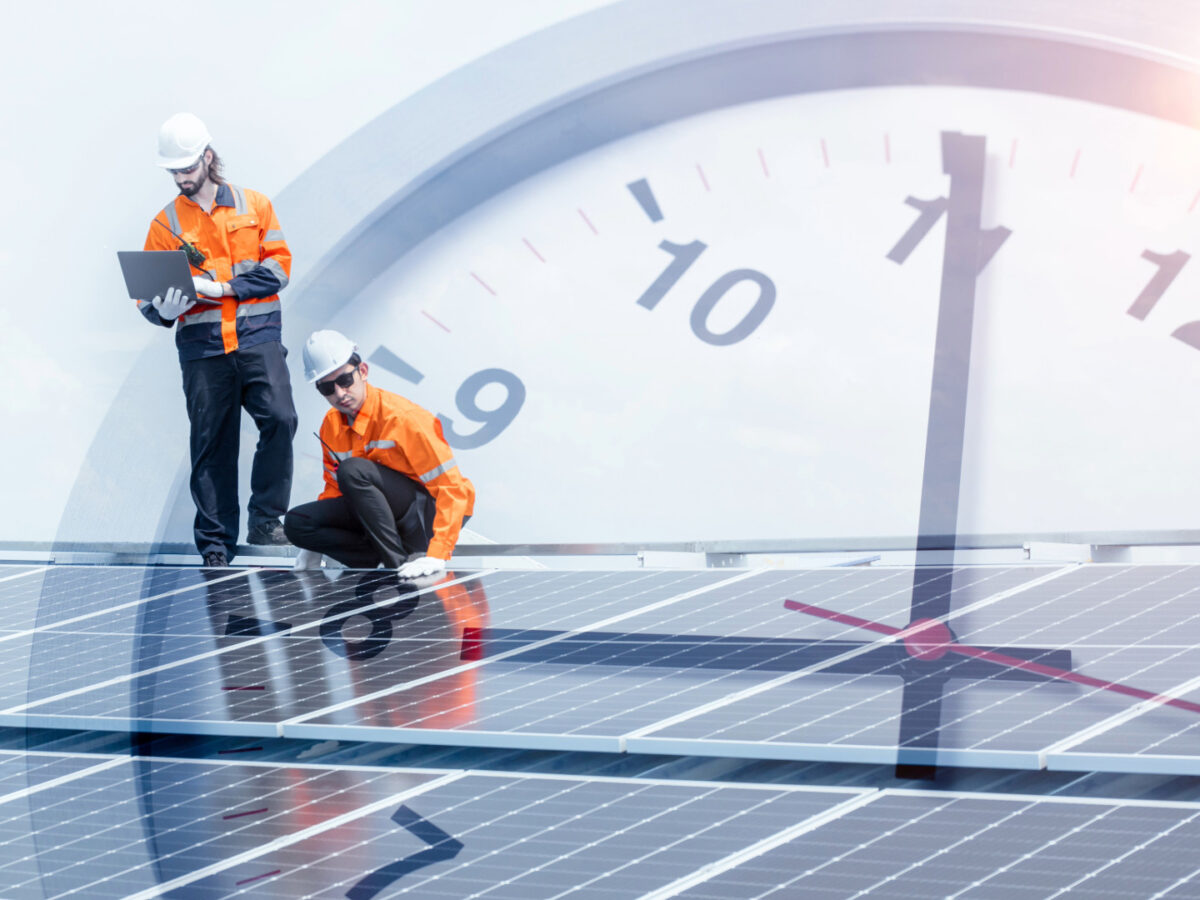
One of the key concerns for homeowners is aesthetics. Traditional solar panel arrays can be bulky and may disrupt the visual harmony of the roof. To achieve optimal performance, panels must often face south and be angled according to geographic latitude—making them even more visually prominent.
Innovations like solar shingles and building-integrated photovoltaics (BIPV) are addressing this issue. Products like Tesla’s Solar Roof seamlessly integrate solar cells into roofing materials, preserving architectural appeal while delivering clean energy—making solar viable for even design-conscious homeowners.
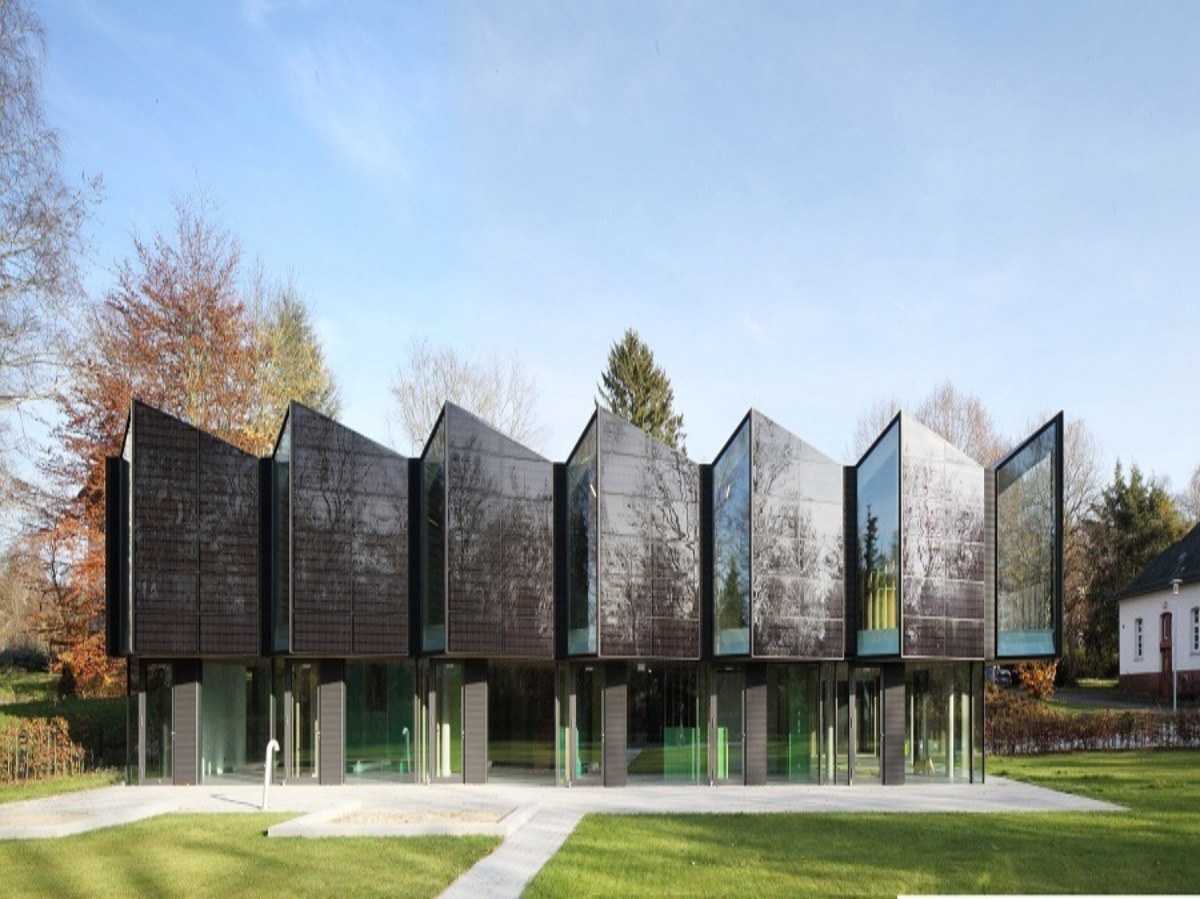
High-rise apartment buildings, offices, and factories may seem ideal for large-scale solar installations due to their expansive rooftops. However, these rooftops are often filled with HVAC units, water tanks, and other infrastructure. Furthermore, shared ownership in residential buildings creates management and legal complications.
Singapore installs solar systems on public housing rooftops and channels the energy to power elevators, lighting, and common spaces. This centralized and government-led approach has proven highly effective for solar deployment in densely populated urban environments.
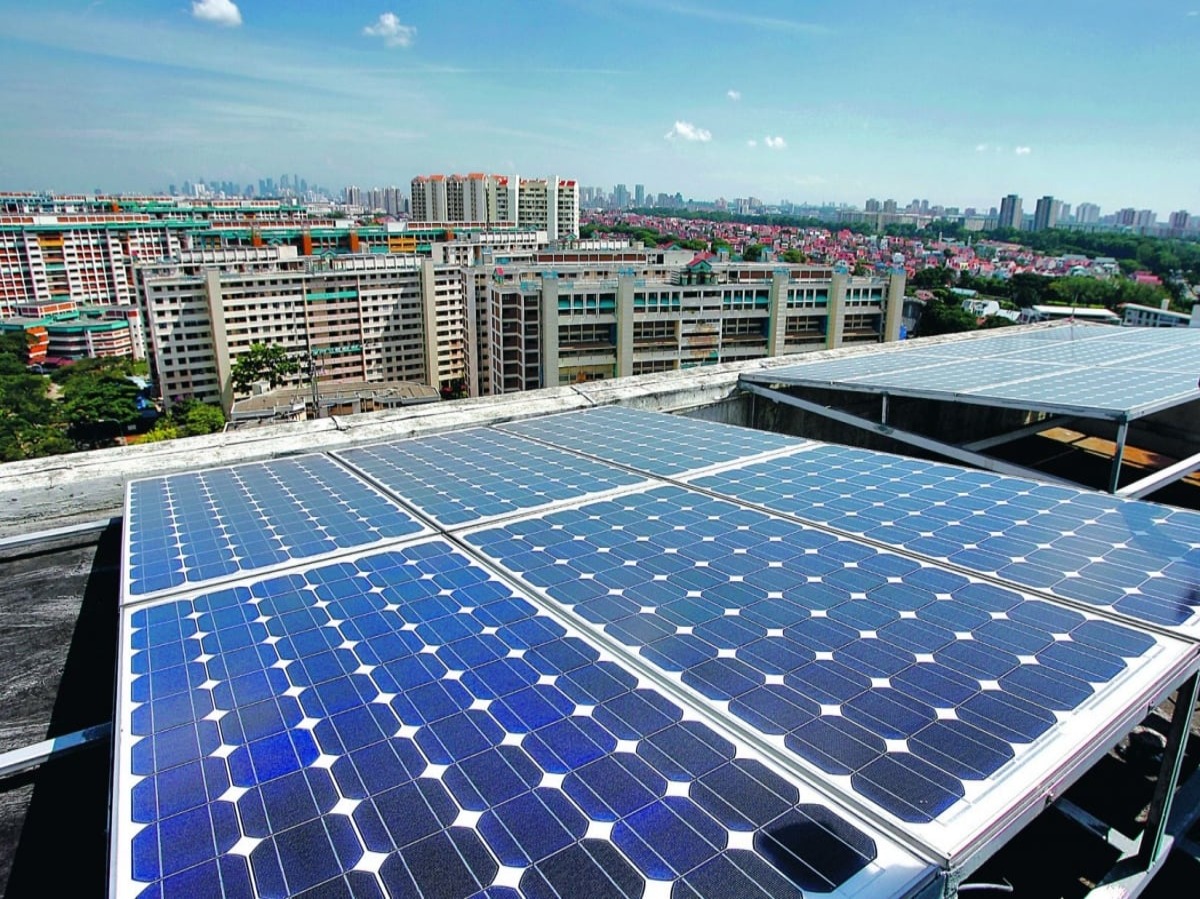
Most household solar systems today are grid-tied, meaning they supply power during the day and draw from the grid at night or during cloudy weather. This bidirectional setup helps lower electricity bills and reduces reliance on fossil fuels.
With the rise of home battery storage solutions (like Tesla Powerwall), energy management systems, and microgrid technology, more homeowners are now aiming for energy independence—an especially valuable feature in remote areas or regions prone to blackouts.
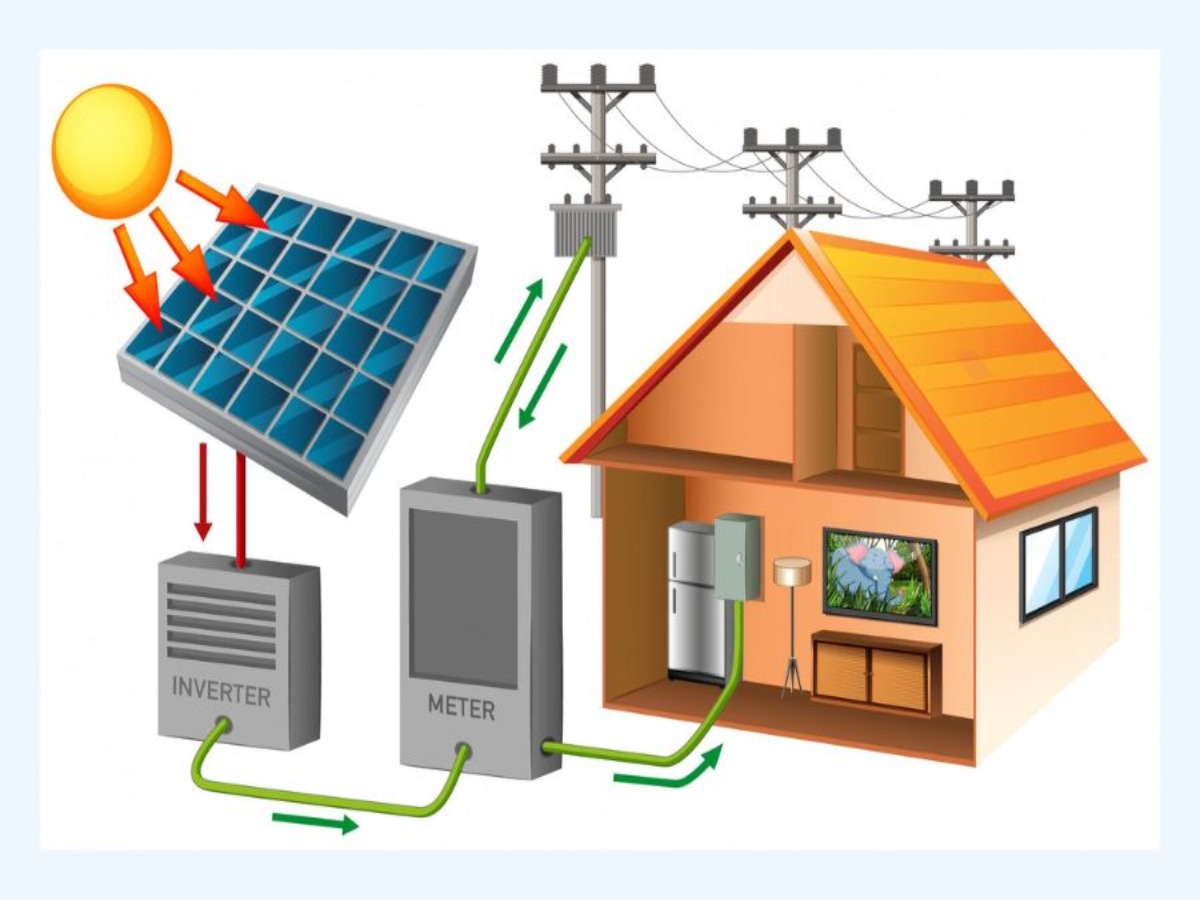
Beyond hardware and economics, public awareness and government incentives play a major role in adoption rates.
Germany offers generous feed-in tariffs, encouraging citizens to invest in rooftop solar and sell excess energy back to the grid.
In Japan, the Fukushima nuclear disaster significantly boosted public trust in clean energy alternatives, sparking a nationwide residential solar boom.
In China, programs like “solar to the countryside” and “county-wide distributed solar pilot projects” have driven rapid expansion in rural solar installations.
These examples underscore the importance of well-structured solar energy policies, as well as cultural attitudes toward sustainability and technology.
Although rooftop solar adoption still faces many challenges, the long-term outlook remains highly optimistic:
Solar panel prices continue to fall due to manufacturing scale and innovation.
Inverters, storage systems, and smart energy platforms are becoming more advanced and affordable.
Governments worldwide are introducing stronger climate policies and incentive programs.
More consumers are seeking energy resilience, environmental impact, and long-term savings.
Rooftop solar power represents more than just a source of clean electricity. It symbolizes a fundamental shift in how we produce, consume, and manage energy. While barriers remain—be it cost, regulation, or design—ongoing innovations and growing environmental awareness are paving the way for widespread adoption.
In the near future, it’s very likely that solar rooftops will become a standard feature of new homes, transforming our cities into sustainable, resilient energy networks—one roof at a time.
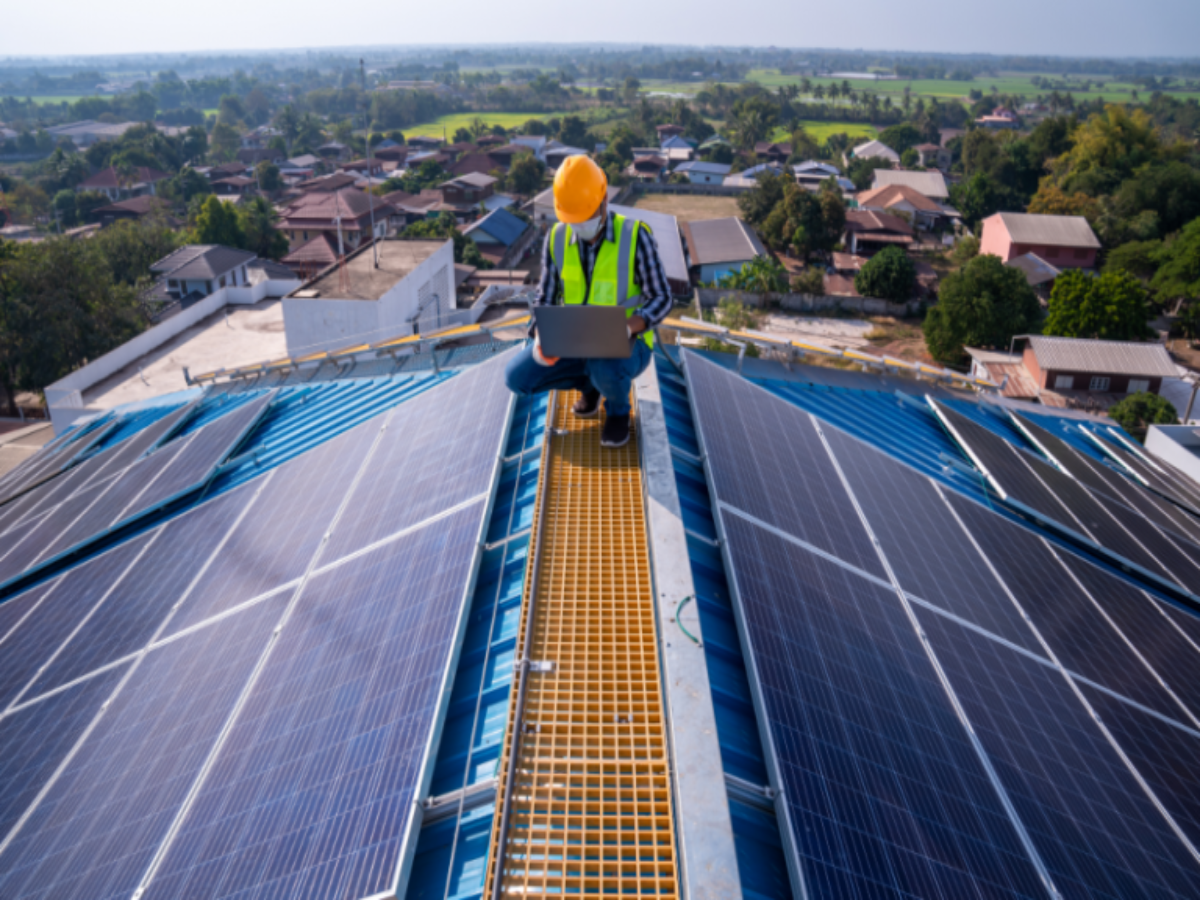
Address : Room 305, Tower B, Yinuo Business Center, intersection of West Second Ring Road and Hehuan Road, Bijiashan Street, Shushan District, Hefei city, Anhui Province
Please read on, stay posted, subscribe, and we welcome you to tell us what you think.
Copyright 2025 @ Anhui Solarasia Energy Technology Co.,Ltd .All Rights Reserved. Sitemap | Blog | XML | Privacy Policy
 Network Supported
Network Supported